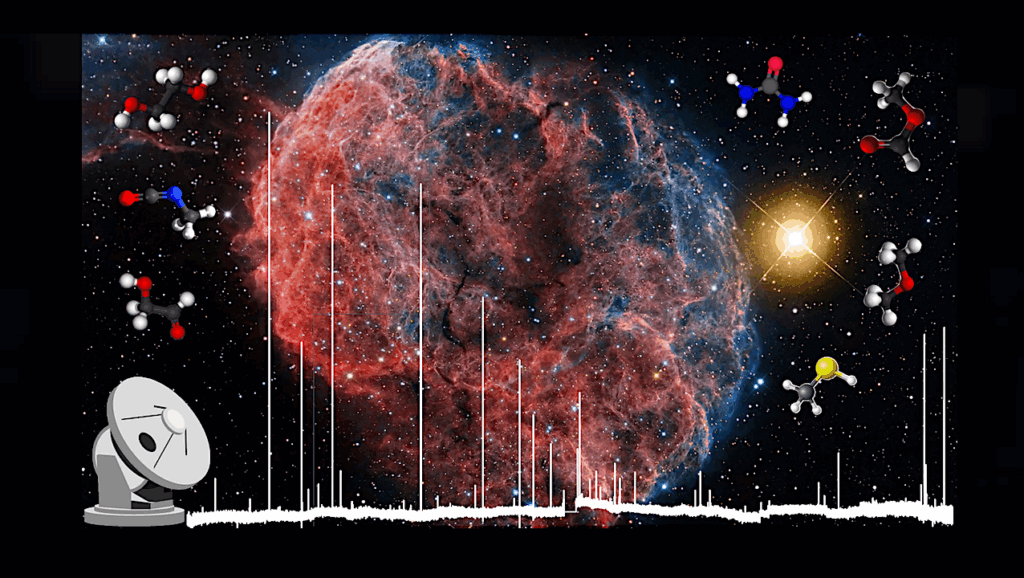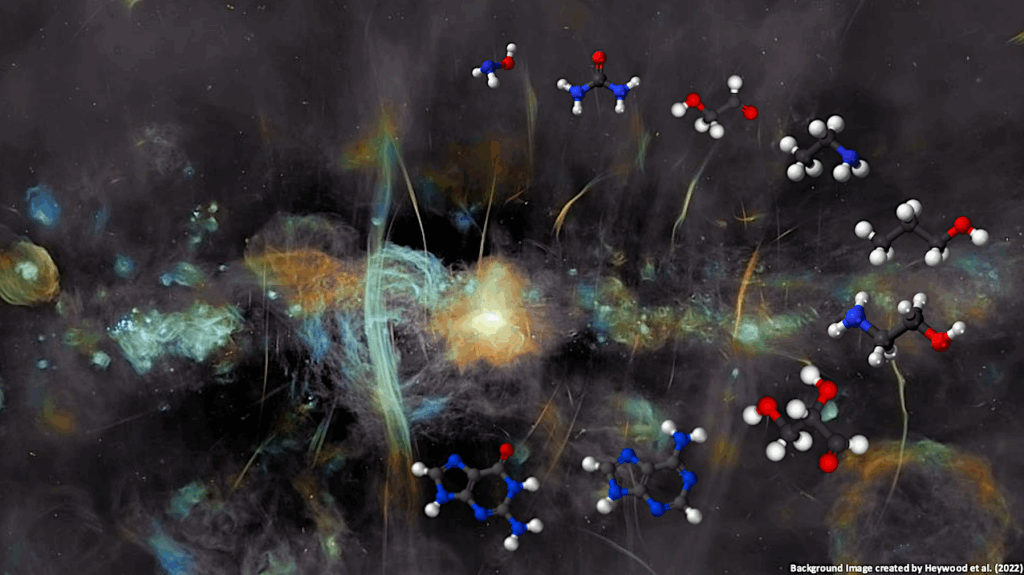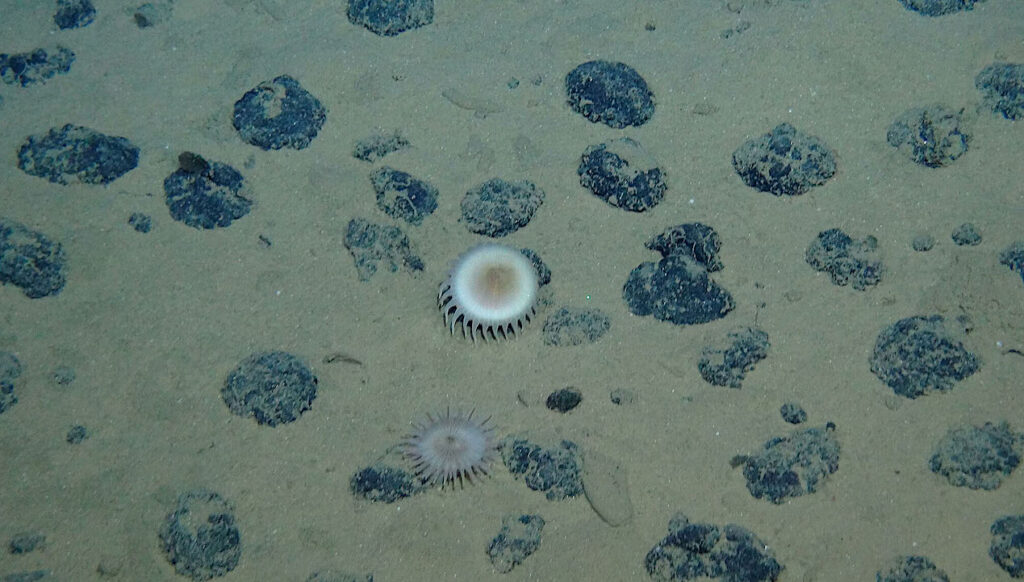New Role For Cyanide In Early Earth And The Search For Extraterrestrial Life

Today, the colorless and deadly gas cyanide is known as a fast-acting poison and a chemical weapon. Four billion years ago, however, it may have been a harbinger of life.
Chemists at Scripps Research have shown for the first time how cyanide could have enabled some of the earliest metabolic reactions to create carbon-based compounds from carbon dioxide. In addition to better understanding the evolution of life on Earth, this discovery gives scientists insight into the potential chemistry of life on other planets.
“When we look for signs of life–either on the early Earth or on other planets–we base the search on the biochemistry we know exists in life today. The fact that these same metabolic reactions can be driven by cyanide shows that life can be very different,” says Ramanarayanan Krishnamurthy, PhD, an associate professor of chemistry at Scripps Research, and lead author of the new paper, published February 3, 2022 in the journal Nature Chemistry.
Some bacteria that exist on Earth today use a series of chemical reactions known as the reverse tricarboxylic acid cycle (r-TCA cycle) to metabolize carbon dioxide and water into chemical compounds that are necessary for life. Many scientists suspect that the r-TCA cycle occurred on the surface of the early Earth to create molecules necessary for life. The only problem: today’s r-TCA cycle relies on a set of complex proteins that wouldn’t have existed before life evolved. Researchers have shown that, in the murky primordial soup of four billion years ago, certain metals could have driven the same reactions without today’s proteins, but only under extremely acidic and hot conditions not suspected to be prevalent on early Earth.
Krishnamurthy and his colleagues wondered whether another molecule might spur the same reactions under more moderate conditions. They knew that cyanide was present in the atmosphere of the early Earth and began hypothesizing a set of reactions that could have used cyanide to produce organic molecules from carbon dioxide. Then, they tried the reactions in a test tube. It worked–cyanide acted in place of proteins or metals to shuttle electrons between molecules.
“It was scary how simple it was,” says Krishnamurthy. “We really didn’t have to do anything special, we mixed together these molecules, waited and the reaction happened spontaneously.”
Unlike the previous r-TCA versions that used metals, the cyanide-based cycle worked at room temperature and in a wide pH range that reflected what would have likely been present on the early Earth.
Moreover, the team went on to show that cyanide allowed an even simpler version of the r-TCA cycle–one that bypassed some of the steps, and the less-stable intermediate molecules, in the modern cycle. This subset of reactions could have predated the full r-TCA cycle in the emergence of life, Krishnamurthy suggests.
There is no way of proving beyond a doubt what chemistry occurred on the early Earth, he adds. But the discovery of the new set of reactions allows a new set of hypothetical conditions that might be compatible with life. And that has implications for the search for life–in our planet’s past and elsewhere.
“It frees us up from saying there must be these metals and these extreme conditions,” says Krishnamurthy. “There could be life that evolves from this cyanide-based chemistry.”
In addition to Krishnamurthy, authors of the study, “Cyanide as a Primordial Reductant enables a Protometabolic Reductive Glyoxylate Pathway,” are Mahipal Yadav and Sunil Pulletikurti of Scripps Research, and Jayasudhan Yerabolu, currently at the National Cancer Institute.
This work was supported by a NASA Exobiology grant (80NSSC18K1300), the Simons Foundation (32712FY19), and a joint grant from NSF and the NASA Astrobiology Program under the Center for Chemical Evolution (CHE-1504217).
The study, “Cyanide as a primordial reductant enables a protometabolic reductive glyoxylate pathway,” was published in the journal Nature Chemistry.
Astrobiology








